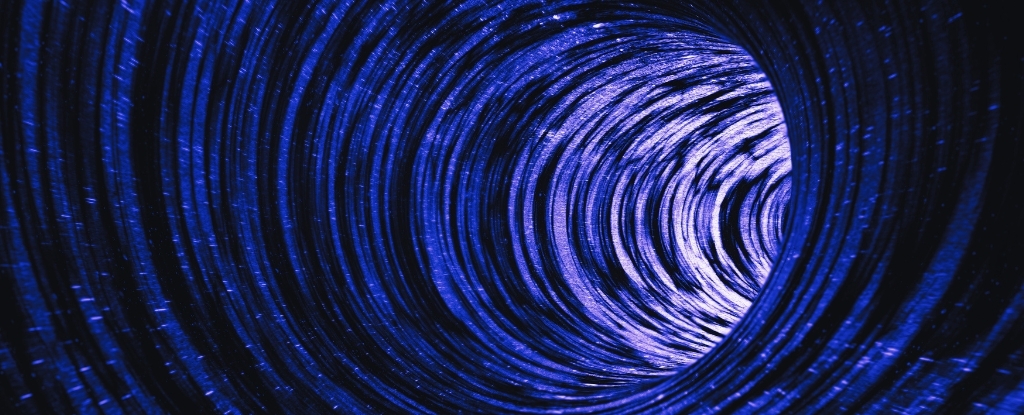A new study by astrophysicist Richard Lieu suggests that gravity can exist without mass, proposing thin, shell-like layers of ‘topological defects’ as an alternative to dark matter for explaining the gravitational binding of galaxies. This theory posits that these defects create a gravitational force without detectable mass, potentially eliminating the need for dark matter in current cosmological models
Lieu started out trying to find another solution to the Einstein field equations, which relate the curvature of space-time to the presence of matter within it. As Einstein described in his 1915 theory of general relativity, space-time warps around bundles of matter and streams of radiation in the Universe, depending on their energy and momentum. That energy is, of course, related to mass in Einstein’s famous equation: E=mc2. So an object’s mass is linked to its energy, which bends space-time – and this curvature of space-time is what Einstein described as gravity, a notch more sophisticated than Newton’s 17th-century approximation of gravity as a force between two objects with mass. In other words, gravity seems inextricably linked to mass. Not so, posits Lieu.
In his workings, Lieu set about solving a simplified version of the Einstein field equations that allows for a finite gravitation force in the absence of any detectable mass. He says his efforts were “driven by my frustration with the status quo, namely the notion of dark matter’s existence despite the lack of any direct evidence for a whole century.” Lieu’s solution consists of shell-shaped topological defects that might occur in very compact regions of space with a very high density of matter. These sets of concentric shells contain a thin layer of positive mass tucked inside an outer layer of negative mass. The two masses cancel each other out, so the total mass of the two layers is exactly zero. But when a star lies on this shell, it experiences a large gravitational force dragging it towards the center of the shell. “The contention of my paper is that at least the shells it posits are massless,” Lieu says. If those contentious suggestions bear any weight, “there is then no need to perpetuate this seemingly endless search for dark matter,” Lieu adds.
The next question, then, is how to possibly confirm or refute the shells Lieu has proposed through observations. “The increasing frequency of sightings of ring and shell-like formation of galaxies in the Universe lends evidence to the type of source being proposed here,” Lieu writes in his paper. Although he admits that his proposed solution is “highly suggestive” and cannot alone discredit the dark matter hypothesis. “It could be an interesting mathematical exercise at best,” Lieu concludes. “But it is the first [mathematical] proof that gravity can exist without mass.”
The study has been published in Monthly Notices of the Royal Astronomical Society.



Tbh I have always had the same feeling about the absolute limit of speed being the speed of light (and thus most of relativity). I have always been curious if the behavior we observe that lines up with the theory is something akin to transition energy in a material. Once a material reaches the appropriate temperature to phase change, additional energy is needed to actually change phases. If you were able to raise water to precicely 100°C and only impart exactly as much energy is lost to infrared radiation and other effects, it would never actually start boiling.
Hypothetically, of we were water mocules observing our environment, that transition energy might look like a hard barrier with no way to observe the other side. Same idea here, we see masses increase and time slow down based on acceleration, and it appears asymptotic, but there is nothing saying there is not some here yet undiscovered energy level where the fabric of space begins to behave differently and the transition to superluminal velocities becomes possible.
I really like that water molecule analogy. Personally, I have always viewed it as so feature of the topography of our universe in a higher dimension. Think about two two dimensional people living in a spherical plane. The furthest actual distance they could get from each other would be the diameter of the sphere. Yet they wouldn’t even know of the spherical nature of their universe.